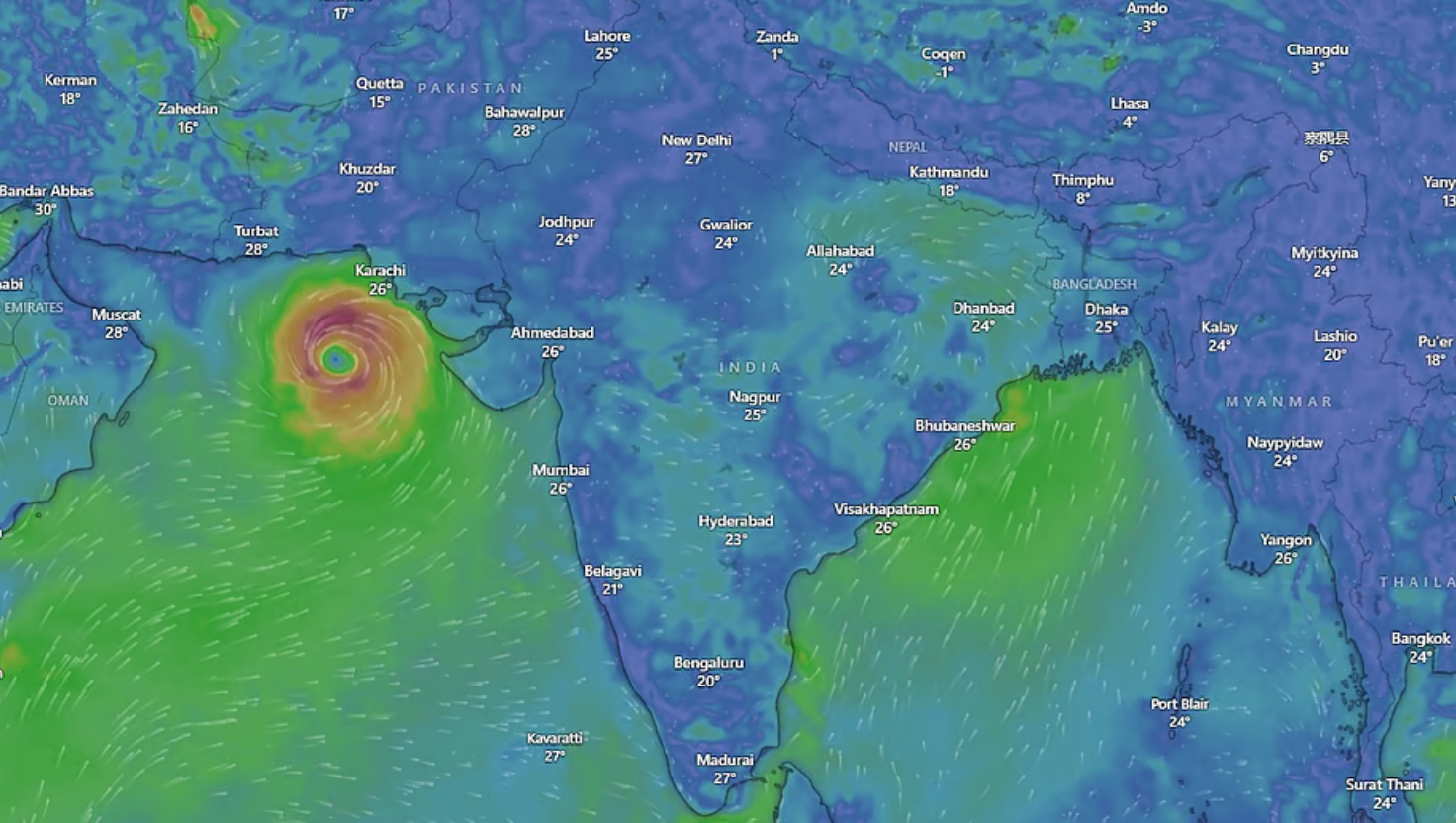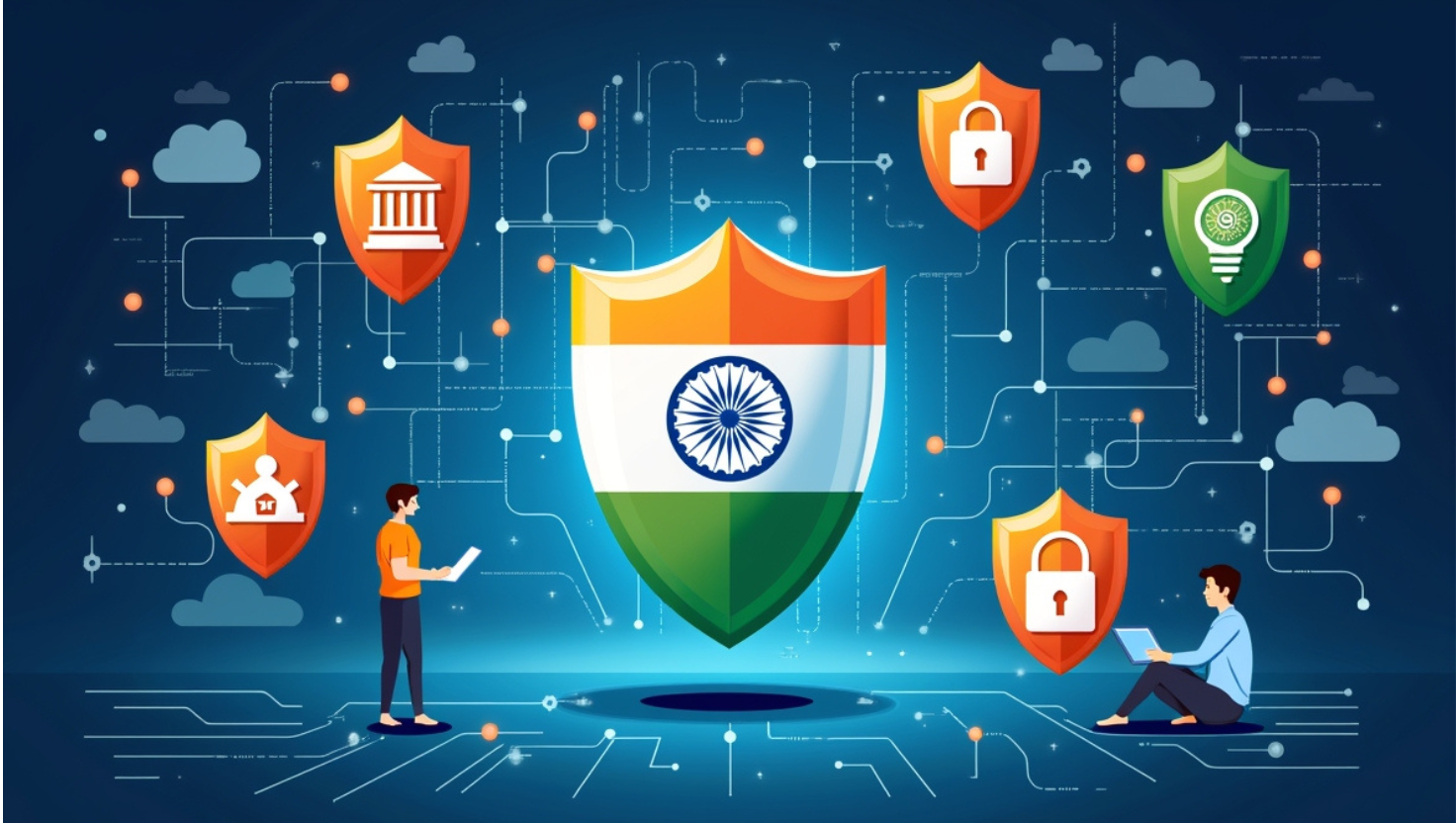Bridging India’s Digital Divide: From Access to Empowerment
Exam Relevance: Governance, Inclusive Development, e-Governance – UPSC (GS II)
Source: The Hindu
Why In News:
The National Sample Survey’s Comprehensive Modular Survey: Telecom 2025 highlights major shifts in India’s digital landscape—from access to empowerment—and uncovers critical inequalities in usage, ownership, and digital skills.
Understanding the Digital Divide
What is Digital Divide?
The digital divide refers to the unequal access to and ability to use digital tools (like smartphones, internet, or online services) across different groups—based on region, gender, income, or education.
Types of Gaps:
- Access Gap: Differences in mobile and internet availability.
- Usage Gap: Varying use cases—entertainment, learning, work, etc.
- Skill Gap: Inability to perform productive digital tasks like creating documents or banking online.
- Gender Gap: Lower access and usage by women and girls.
Key Findings from NSS 2025
1. Access & Ownership:
- 97.1% youth use mobile phones, but only 73.4% own them.
- Urban youth mobile ownership: 82%; Rural youth: 69.3%.
- Gender disparity: Males (83.3%) vs. Females (63%).
2. Internet Usage Patterns:
- 91.3% of young women now use the Internet (up from 77.1% in 2022).
- However, 30.4% use it mostly for entertainment—higher among females (36%).
3. Digital Skills:
- 85.1% can send attachments.
- Only 32.2% created a presentation; 22.9% drafted a document.
- Online banking use: Males (79.3%) vs. Females (57.5%).
4. Connectivity Issues:
- 91.6% urban vs. 83.3% rural households have internet access.
- Only 7.2% of households use fibre-optic broadband; in rural areas, it’s just 3.2%.
First Phase of Digital Inclusion: Achievements
Key Reforms:
- BharatNet: Connected over 1.7 lakh Gram Panchayats with fibre optic cable, enabling rural access to digital services.
- Digital India Mission: Promoted e-governance, digital identity (Aadhaar), and access via Common Service Centres (CSCs).
- PMGDISHA: Aimed to train 6 crore rural people in basic digital skills.
- JAM Trinity & UPI: Enabled digital banking for the masses via Jan Dhan accounts, Aadhaar, and mobile linkage.
Positive Outcomes:
- Mobile Usage: Over 97% youth now use phones; rural usage at 92.7%.
- UPI Boom: 80.7% youth use UPI, showing mobile-first fintech growth.
- Rise in Female Internet Users: Rural female usage jumped from 77.1% to 91.3%.
- Mobile as Primary Device: Affordable smartphones and data made mobile the dominant access tool, especially in rural areas.
Continuing Challenges in Digital Inclusion
1. Gendered Access:
Only 56.9% of rural young women own phones vs. 81.2% of men. Shared usage limits autonomy and privacy.
2. Low Productive Use:
Digital consumption (entertainment, social media) is high, but creation (documents, presentations) remains low.
3. Female Dependency:
Many women rely on male family members’ phones, reducing control and engagement.
4. Poor Awareness of Civic Tools:
Only 26.9% youth know how to file a cybercrime complaint; among rural and female respondents, it’s even lower.
5. Financial Literacy Gap:
Just 18.8% of youth use both UPI and Net banking, indicating a lack of diversified digital finance skills.
Way Forward: Towards Second-Generation Digital Empowerment
1. Shift from Access to Empowerment:
Digital policies must now focus on skill-building, creative use, and digital problem-solving among youth.
2. Women-Led Inclusion:
Train women’s Self-Help Groups (SHGs) and rural women to use digital tools for education, health, and business.
3. Strengthen Infrastructure:
Improve last-mile fibre connectivity. Set up digital hubs in schools, panchayats, and community centres.
4. Digital Skills in Education:
Include ICT tools, document creation, presentations, and cyber hygiene in school syllabi.
5. Improve Digital Finance Literacy:
Educate rural youth and women on UPI, net banking, and digital wallets for secure financial transactions.
6. Localized Awareness Drives:
Promote meaningful digital use in local languages—for healthcare, jobs, governance, and learning.
Conclusion:
India has achieved near-universal mobile access, but true digital inclusion remains a work in progress. Bridging the digital divide now demands targeted empowerment—ensuring ownership, privacy, skills, and participation. A phone in every hand must also mean equal opportunity in every life.











